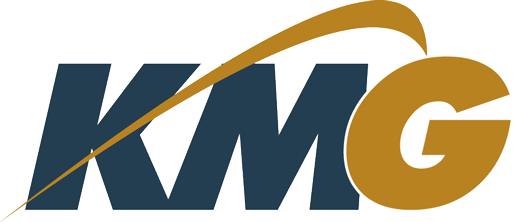Assistive Technology & Inclusive Design
Overview
Explore case studies of where Assistive Technology and Universal Design have been applied in real work environments with successful outcomes. The skill of identifying and determining the appropriate application of Assistive Devices is key to helping workers with disabilities enter, stay in or return to work. This course will outline the fundamentals (who, what, where, why, when, and how) of Assistive Technology and provide you with greater confidence in its application. We take the discussion one step further and explore Universal or Inclusive Design—ensuring all individuals, regardless of their age, social status, or impairment, or any other factor affecting their ability to work, are able to engage with their work activities and environment.
Course Content
The Assistive Technology section of this course covers the following content:
What is Assistive Technology?
The benefits of Assistive Technology
How is Assistive Technology categorized?
Examples of Assistive Technology and their uses
The process for selecting Assistive Technology
Conducting research associated with Assistive Technology
Reasons why using Assistive Technology might fail
What should an employer do in support of Assistive Technology?
The section on Universal Design looks at:
What is Universal Design?
The 7 principles of Universal Design
10 important conclusions in Universal Design
The drivers behind Universal Design
Universal Design in practice
The Global Inclusion Benchmark
Course Design
About the Instructor
Gail Kovacs
Director of Education and Professional Development
In her role as KMG’s Director of Education, Gail brings 44+ years of international experience in health care, disability management and vocational rehabilitation.
Her extensive teaching experience includes recent projects such as developing and delivering training courses to Foreign Trained Health Professionals in Ontario, creating the Study Guide, workshop and on-line training for the 8 professional domains of the Canadian Certified Vocational Evaluator (CCVE) exam, and developing training for front line construction supervisors in British Columbia in collaboration with WorkSafe B.C.
Gail is a Registered Rehabilitation Professional (RRP) and a Certified Vocational Rehabilitation Professional (CVRP). She is a Past President of the Vocational Rehabilitation Association of Canada (VRA Canada) and of the Canadian Assessment, Vocational Evaluation and Work Adjustment Society (CAVEWAS). She has also been on the Board of Directors for the College of Vocational Rehabilitation Professionals (CVRP). She was a Trustee and Vice Chair of the Vocational Rehabilitation Association (VRA) in the UK and has been directly involved in the development of practice standards with the VRA in Canada, the UK Rehab Council, and the British Standards Institution.
Gail has a certificate in Human Resources Development and professionally practices as an Ergonomist. She is also a Canadian Certified Rehabilitation Counsellor (CCRC), a Certified Disability Management Professional (CDMP), and a Consensus Based Disability Management Auditor (CBDMA). She has been awarded the Fellowship of the Vocational Rehabilitation Association of Canada, the Award of Excellence from CAVEWAS, and a lifetime membership with the VRA UK all in recognition of her professional achievements in Vocational Rehabilitation and for her dedication and commitment to professional development.



